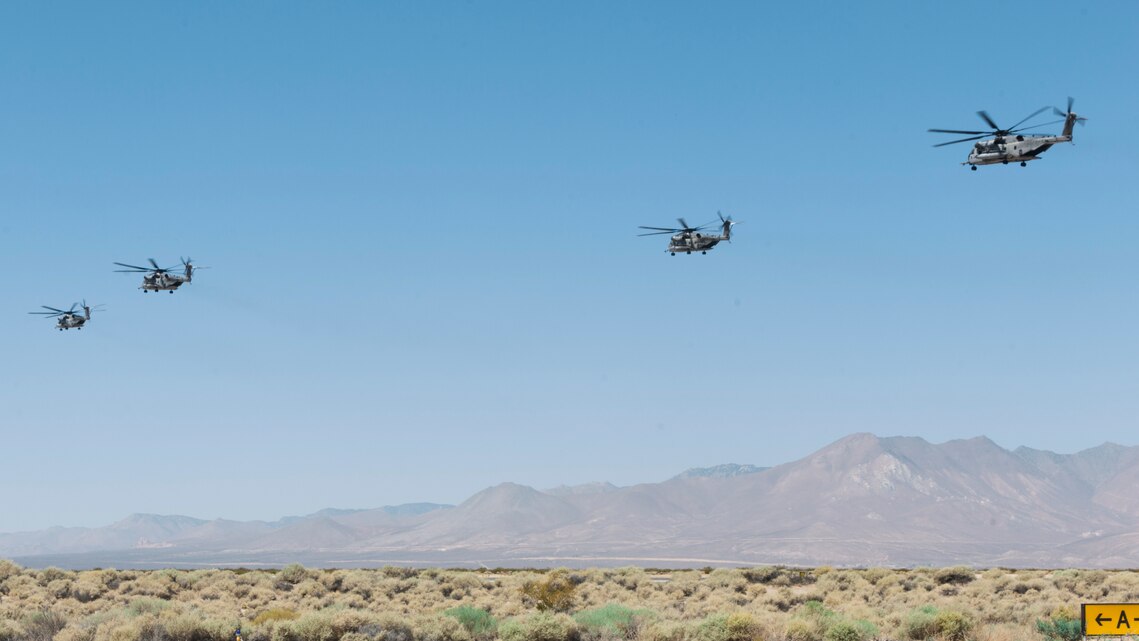
The character of warfighting is increasingly dynamic, and the rapid advance of new technology has led the Marine Corps to cultivate training evolutions to meet the challenges presented today by adversaries across the Pacific Ocean.
In his 2019 planning guidance, Gen. David H. Berger, 38th Commandant of the Marine Corps, outlined force redesign as his primary focus area for the future of the Marine Corps. Within force redesign, there rests the need for an increase in integrated efforts between the Navy-Marine Corps team in order to prepare for military conflicts in the years to come.
“Adversary advances in long-range precision fires make closer naval integration an imperative,” said Berger. “The focal point of the future integrated naval force will shift from traditional power projection to meet the new challenges associated with maintaining persistent naval forward presence to enable sea control and denial operations.”
Exercise Summer Fury 20 was no exception, challenging 3rd Marine Aircraft Wing to provide all functions of Marine aviation at any time and in any place to best prepare Marines to conduct expeditionary operations against near-peer adversaries.
“During Summer Fury, 3rd MAW squadrons and aviation ground support units demonstrated how to effectively combine all the elements of the Marine Air-Ground Task Force by applying our internal training to external execution.” Maj. Gen. Christopher Mahoney, 3rd MAW Commanding General
Phase two of the exercise focused on expeditionary advanced base operations and culminated with an integrated long-range strike against simulated threats on July 31, 2020. The strike provided an opportunity for Marines and sailors of 3rd MAW to practice integrated training designed to refine the skills necessary to conduct EABO in any location, ensuring 3rd MAW is equipped as a naval expeditionary force-in-readiness that is prepared to operate inside actively contested maritime spaces in support of fleet operations.
“During Summer Fury, 3rd MAW squadrons and aviation ground support units demonstrated how to effectively combine all the elements of the Marine Air-Ground Task Force by applying our internal training to external execution,” said Maj. Gen. Christopher Mahoney, 3rd MAW Commanding General. “My priority for Summer Fury was to garner our aviation and support capabilities in order to prepare to penetrate, exploit, and, ultimately, destroy our adversaries, and that is what 3rd MAW accomplished during this exercise.”
On July 30, Marines and sailors assigned to Marine Fighter Attack Squadron 314, Marine Wing Support Squadron 372, and Marine Air Control Squadron 1 were positioned at Naval Air Station Lemoore and Naval Air Facility China Lake in order to establish forward arming and refueling points in support of EABO. FARPs provide fuel and ordnance necessary for helicopter, tiltrotor, and fixed-wing operations within 3rd MAW, and allow Marines to rapidly maneuver in order to gain control of key terrain.
Daily operational requirements were fulfilled by Marine Medium Tiltrotor Squadron 161, VMM-165, and Marine Aerial Refueler Transport Squadron 352, who provided more than 150,000 pounds of aviation turbine fuel to the FARPs, effectively demonstrating their ground refueling capabilities and providing aviation fuel required for the execution of the long-range strike.
Final flight briefs of phase two concluded the following morning, ensuring squadrons from Marine Corps Air Station Miramar and MCAS Yuma were prepared to support long-range strike capabilities of 3rd MAW, and demonstrating their ability to rapidly deploy Marines, equipment, and firepower, organic to a variety of aviation platforms.
Flight operations were led by the fifth generation joint strike fighter, the F-35 Lightning II, more specifically four F-35Cs and four F-35Bs, launching from MCAS Miramar to NAS Lemoore. VMFA-232 and VMA-311 followed suit with four F/A-18 Hornets and four AV-B Harrier IIs, respectively, departing MCAS Yuma en route to NAF China Lake.
VMGR-352 launched three KC-130J Super Hercules from MCAS Miramar in support of the long-range strike, while Omega Air Refueling Services provided 3rd MAW with two KC-707 Tankers. With approximately 250,000 pounds of available fuel, all 16 fixed-wing aircraft were able to conduct aerial refueling during the evolution. Post-refueling, 3rd MAW fixed-wing fighters traveled west within the training airspace, successfully conducting the long-range strike against simulated, enemy surface and airborne targets.
“With both airborne and surface threats simulating a high threat combat environment, the long-range strike provided 3rd MAW Marines and sailors a rare opportunity to bring the full force of a Marine Air Wing integrated with EABO to bear,” said Maj. Robert Ahern, VMFA-314 Quality Assurance Officer. “Simulating an over-the-horizon strike scenario, the integration of EABO was a unique and valuable training experience for 3rd MAW.”
3rd MAW continues to “Fix, Fly and Fight” as the Marine Corps’ largest aircraft wing, and remains combat ready, deployable on short notice, and lethal when called into action.
Access the following link to view photos of phase two of Exercise Summer Fury:
https://www.dvidshub.net/image/6300509/exercise-summer-fury-20-phase-2
https://www.dvidshub.net/image/6300467/exercise-summer-fury-20-phase-2
For questions regarding this release, please contact the 3rd MAW Communication Strategy and Operations Office at [email protected].



